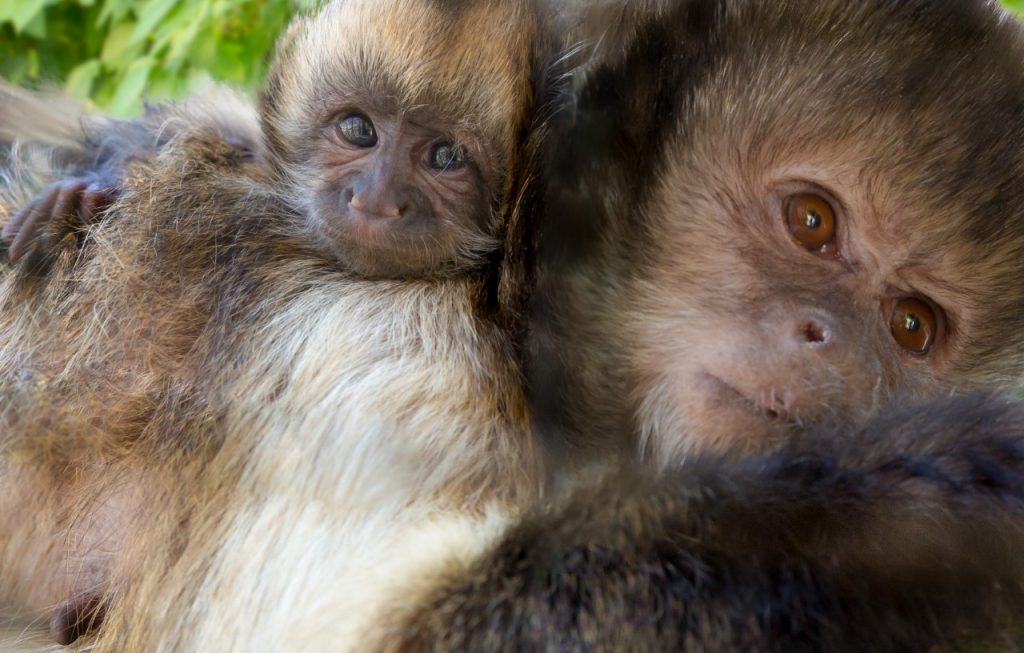Influence of diet on characteristics of nutrient digestion in fossa (Cryptoprocta ferox)
Citation
Johnson N, Dikeman C, Olsen M, Burke S, Simmons L. 2007. Influence of diet on characteristics of nutrient digestion in fossa (Cryptoprocta ferox). In Ward A, Hunt A, Maslanka M, Eds. Proceedings of the Seventh Conference on Zoo and Wildlife Nutrition, AZA Nutrition Advisory Group, Knoxville, TN.
Abstract
Few data are available regarding the nutrition of fossa (Cryptoprocta ferox) in captivity. Cryptoprocta ferox are one of few carnivore species endemic to the island of Madagascar, found in woodlands or savannas. Although considered opportunistic carnivores, lemur species constitute a significant portion of the fossa diet. Average body lengths of fossa, range from 65-80 cm in addition to a 60-80 cm tail. Fossa are nocturnal, solitary animals with the exception of the mating season. In the wild fossa can live more than 20 years and primarily feed on lemurs, small mammals, birds, reptiles, and insects. Similar to most captive species studied, a model species was used to establish nutrient requirements and formulation of diets. Due to similarities in carnivorous behavioral idiosyncrasies and gastrointestinal tract anatomies the domestic cat appeared to be the most logical nutrition model. Two experiments were conducted to investigate diet digestion characteristics of four captive fossa located in Kingdoms of the Night at Omaha’ Henry Doorly Zoo, to compare those characteristics to those of the domestic cat.
 Johnson – fossa digestion.pdf 819 KB
Johnson – fossa digestion.pdf 819 KB








